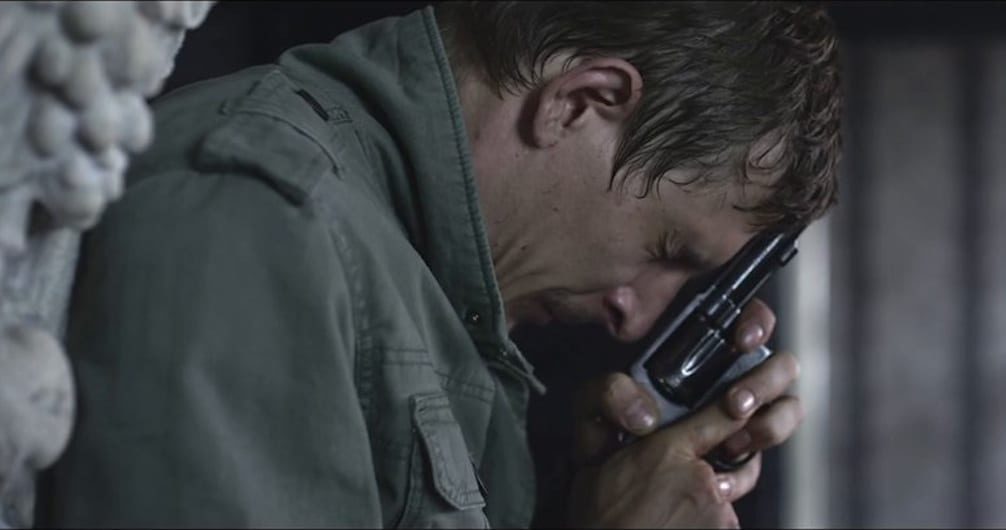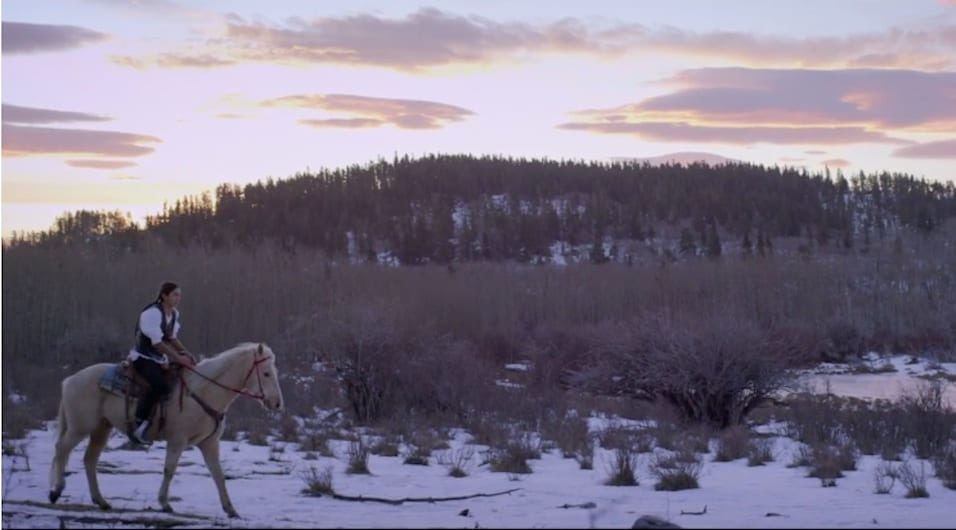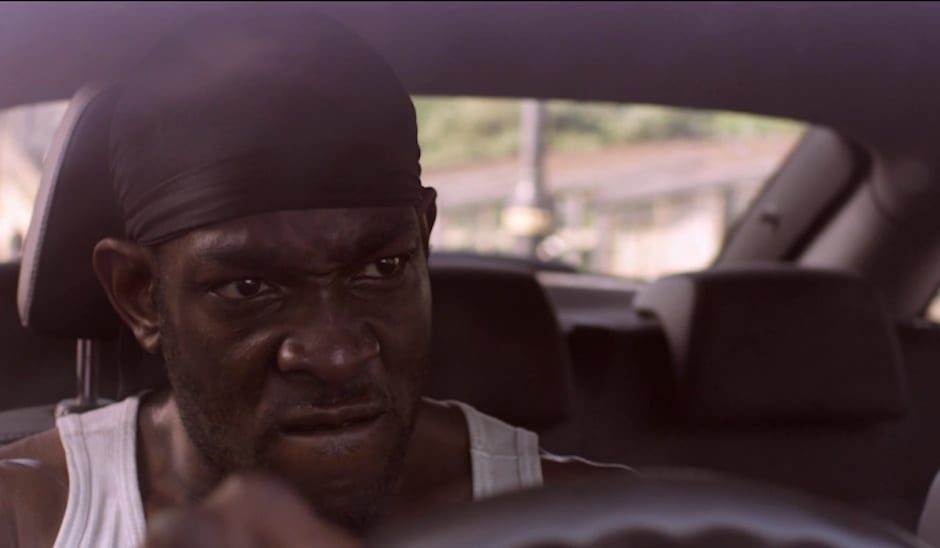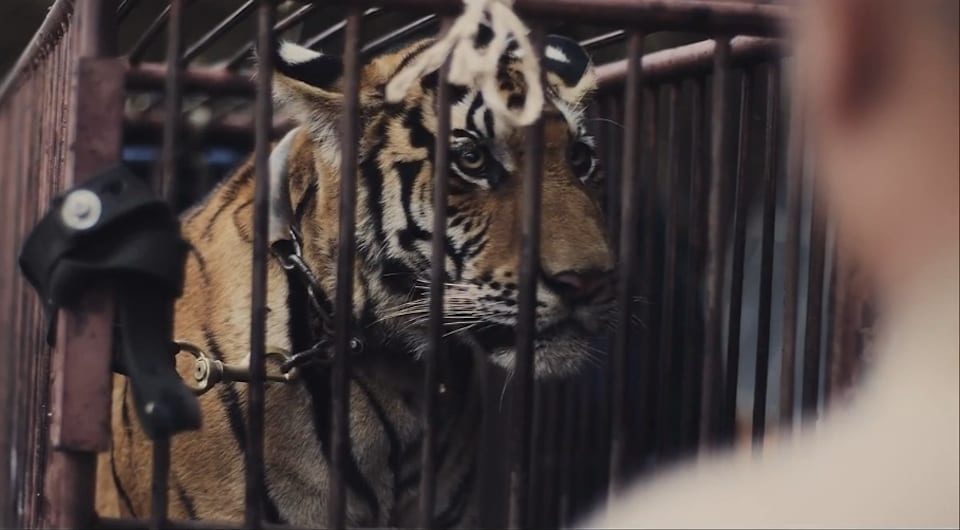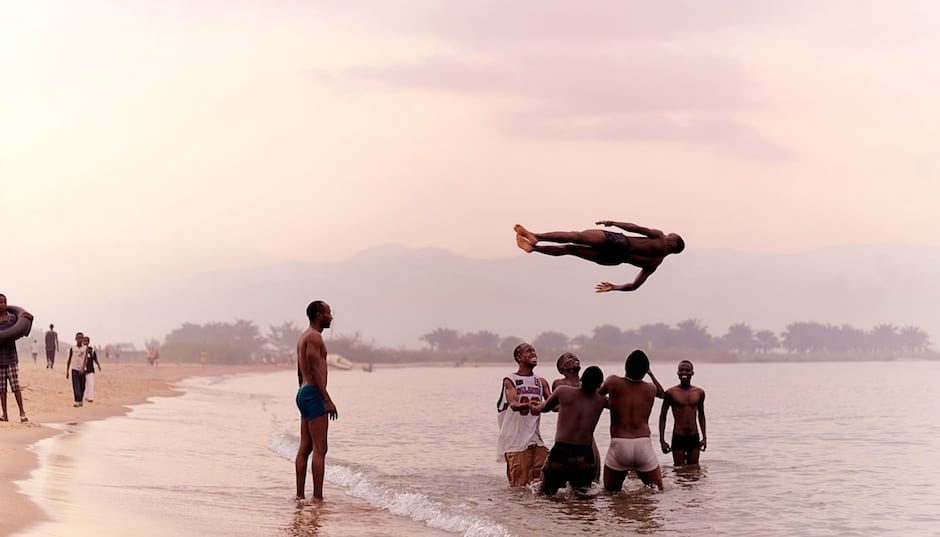How did you end up making a film about gypsies for a major international brand?
The project came to me as a part of a larger commission through Stink – the main communication for Coke about their sponsorship of the World Cup. Five directors were going to different countries to tell stories where hardship was overcome by the love of football. When I first had the project it was going to be about a homeless football team in the UK. I started to research this when Coke decided they didn’t like the subject matter. So I came up with the idea of gypsy football with Mungo McLagan from Stink. This was badly received by Wieden and Kennedy but they gave me the chance to pitch it to the global marketing director of Coke. He loved it! A real highlight of my career to date as positive or sympathetic portrayals of gypsy communities are so rare. The media only tend to show the negative sides of the culture which in my experience is a very small part of the communities.
You’ve captured a real intimacy with the people – not only the individuals but the community as a whole. How did you discover them and how did you win their trust? Did you spend some time with them before shooting?
I’ve been working with gypsy communities for over 10 years now and have built up a great deal of trust and credibility. The gypsy community are extremely distrusting of the media in general as they have been misled and misrepresented repeatedly by programmes like My Big Fat Gypsy Wedding and the like.
I have a very good friend, Jake Bowers, a British Romany gypsy journalist and activist. When the project came about we researched various ideas and ended up with Romany communities in Romania. We employed Rick Radu, a Romany teacher living in London but originally from Caracal, Romania. He is a very rare case of someone from this community who has escaped and become educated. Jake and Nick went out there a week before shooting and set everything up.
What was the process of creating their story? Did you work with a creative team on this?
It was quite organic, it grew from the stories of the individuals. We talked to dozens of players and sort of “cast” people depending on their background and story. I wanted people to really connect with these stories and get to know the characters before they knew these people were Romany. This way I hoped to really change people’s opinion of the usual preconceptions that all gypsies are thieves or criminals and are morally corrupt. Like any community these people exist but its really similar to any other society. One of the Romanian crew dropped their phone there and fully expected to lose it but they called the phone and it was returned the next day by a Romany woman.
The creative team were involved in that they approved or disapproved of the casting and stories and once we had done our casting and decided on our locations we put together a sort of script and a pretty tight shooting schedule. The more things I shoot the more detailed this schedule gets. I like to organise my chaos the best I can these days.
You’re used to shooting music videos and dealing with bands who usually give you creative freedom so how was it working with a brand this time?
It was pretty cool on the whole. Because of the type of project it was I didn’t really get involved in the pitching too much and once the idea was sold in the creatives were quite trusting. I made a directors cut then, as in most American agencies, they took the footage and did their own thing. But I’m really happy how my cut came out.
What were the main challenges of the shoot and how did you resolve them?
The biggest challenge was getting the community behind the shoot. As I said before the Romany people are extremely distrusting and unused to outsiders so it was building that trust with the help of my fixers. With the invitation scene I wanted the reactions to be totally real so we kept it a secret from everyone but Jake and Nick. We rehearsed the scene several times with the actor playing the delivery man and tried to work out any potential problems. To make it work we had to have control of the entire area so I hired various respected members of the community to help with crowd control and after a certain moment we locked off all exits of all the buildings so nobody could disturb the key moment as we could only get the reaction once!
Is there anything you’d have done differently with hindsight?
Yes I would have brought my whole crew with me and not employed a service company. Their attitude towards the community made things more difficult and there were too many people around in general.
Love the pace and the emotional close-ups, and this time no aerial octocopter shots – did you shoot the film with your usual crew?
Yes I worked again with the amazing Luke Jacobs my lovely DoP. I feel like it was a more intimate portrait type of shoot so didn’t think it needed all the bells and whistles. Wanted to really engage people with the subjects and trigger a real emotional response at the end. I always say if you can get people feeling emotional they really remember the material on a much deeper level.
What are you up to now?
Lots of projects in the pipeline including a book of stills with an exhibition. Lots different pitches and stuff happening with commercials and music videos and I’m developing an idea of mine into a feature script with an amazing South African writer so watch this space…
Check out stills from the shoot in Related Content








